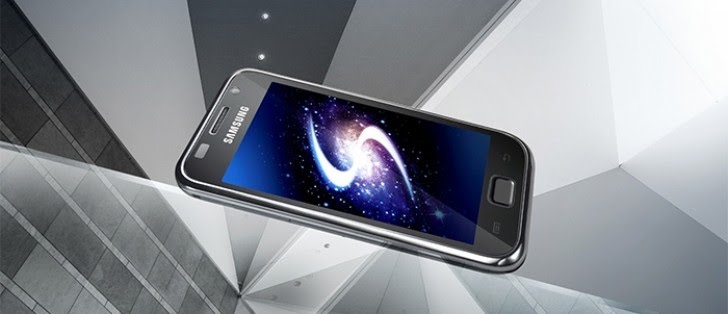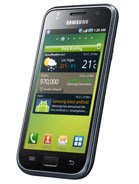Counterclockwise: the story of Galaxy S phones
Before 2010, Samsung had many phone lines - the Omnia line was the star, a selection of high-powered Symbian or Windows Phone devices. There was the occasional Pixon camera phone or the low-budget Corby and, of course, the Galaxy phones.

Then in March 2010, Samsung unveiled the I9000 Galaxy S. It was a well-received phone, but no one could have predicted that its descendants will come to dominate not just the Android landscape but rank as some of the best-selling smartphones in the world.
This is its story and that of its children and grandchildren.
S for Super AMOLED
The Galaxy S wasn't the first phone to be unveiled with a Super AMOLED screen, that honor goes to the Samsung Wave, running on the company's in-house Bada OS. Nevertheless, it was a glorious screen and it defined the premium Galaxy line.

Samsung I9000 Galaxy S
Super AMOLED differs from regular AMOLED in that the digitizer (the "touch" part of a touchscreen) is integrated into the screen. This helped Samsung's screen reflect only a fifth as much light as other AMOLEDs, making for stellar sunlight legibility.
It was PenTile screen, meaning that instead of full RGB pixels, the screen had just two subpixels per pixel. Still, this was before the resolution wars and it was okay.
The Galaxy S itself was a product of its time. It had a rounded design that doesn't look too bad even today and its body was plastic with a removable back cover.
Even this early on, Samsung showed its desire for hardware dominance. The Galaxy S was the thinnest smartphone at the time - 9.9mm thick - and it was the first Android to have DivX HD certification.
Galaxy S variants
Before the end of 2010, the phone was redesigned into the Google Nexus S. It was largely the same phone, though it had a "curved display". The display itself wasn't curved, it was the protective glass above it that arched. There was an interesting limitation - the Nexus S could record only 480p video, while the Galaxy S could do 720p. It was the first Android with NFC support though.
The Galaxy S was powered by an early Exynos chipset (known as Hummingbird at the time), which boasted 3x the GPU performance of the competing Snapdragon. Even so, in 2011 Samsung unveiled the Galaxy S Plus with a Snapdragon S2. It still had a single-core processor but it ran at a higher clock speed - 1.4GHz vs. 1GHz. The Adreno 205 GPU was slightly more powerful than the PowerVR SGX540 used in the original model.